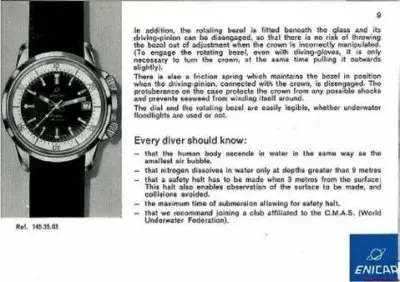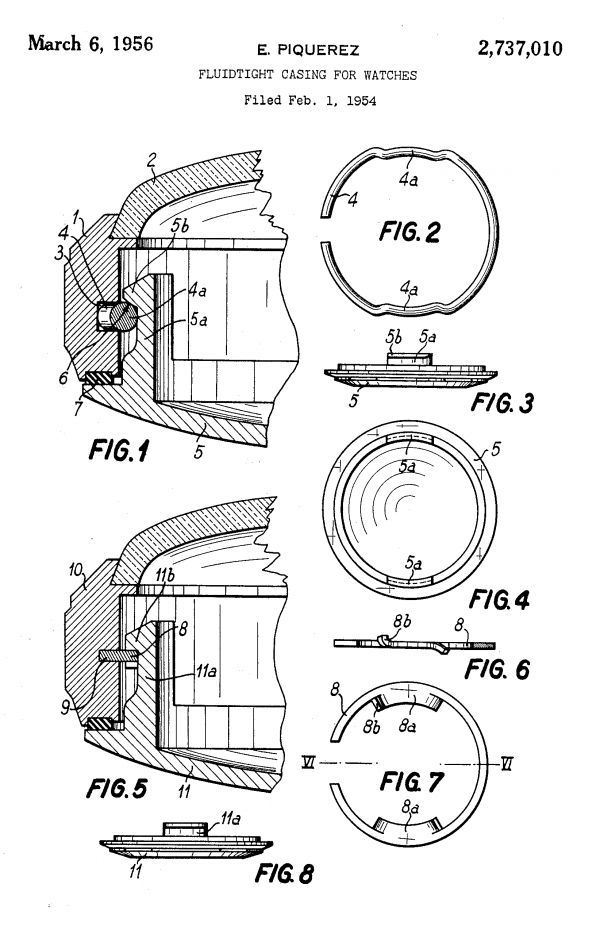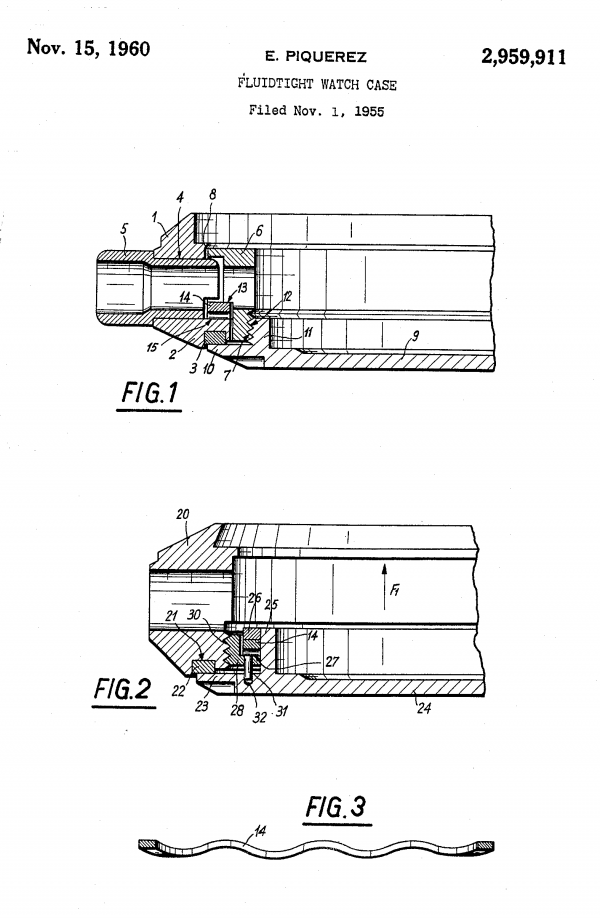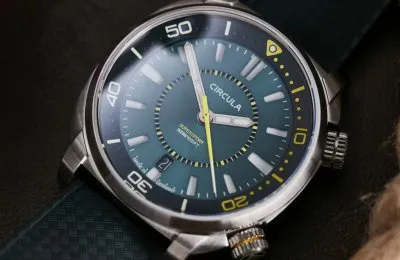Super-Compressor watch
Renaissance of an almost forgotten technology
A dive watch that looks sporty, is water-resistant up to 180 m and becomes increasingly waterproof the deeper you dive? That sounded utopian a good 70 years ago! But such watches actually existed back then. We are talking about so-called super-compressor watches, which were very popular from the 1950s to the 1970s and are still highly sought after by collectors today.
In the 1950s, diving became increasingly popular and diving watches were therefore not just a stylish accessory, but a vital necessity, as these watches were used to mark the descent time, allowing divers to see how long the breathing gas in their scuba tanks would last.
The problem with dive watches, however, was that the case backs had to be tightened very firmly in order to be watertight. The rubber seals used at the time could only withstand this pressure in combination with the water pressure for one or two dives and then had to be replaced. As the seals were not yet so advanced at the time, another way had to be found to ensure that diving watches were also leak-proof in deeper waters.
What is a Super-Compressor watch?
Thanks to a revolutionary case technology developed and patented by the Swiss case manufacturer Ervin Piquerez S.A. (EPSA) in the mid to late 1950s, the sealing problem was solved in an elegant way: the so-called Super-Compressor watches have a spring-loaded case back, which makes the watch tighter the deeper you dive with it. This new case technology quickly conquered the market. EPSA produced super-compressor cases until the 1970s and also sold them as catalog components to well-known watch manufacturers.

Super-Compressor watches are usually visually characterized by an internal diving bezel and two large crowns at two and four o'clock. The crown at four o'clock is used to set the time. The crown at two o'clock is connected to a small star wheel that can be used to move the internal diving bezel.
How does a Super-Compressor watch work?
In normal diving watches, the case back sits very firmly on the case. With increasing water pressure, the case back is pressed even more firmly against the O-ring seal, causing it to wear out more quickly than on watches that are not used for diving. For this reason, modern diving watches should also be checked regularly for leaks.
Unlike other watches, the case back of the Super-Compressor watch is spring-loaded. This wave-shaped spring, which is located on the edge of the case back, means that the case back is already tight before the O-ring seal is fully compressed. As the water pressure increases, the case back can move slightly inwards, increasing the compression pressure on the O-ring and making the watch even tighter at the same time. At lower compression levels, the O-ring is not fully loaded - this only happens at deeper depths when the water pressure becomes so high that full compression is required and the spring presses completely on the O-ring.
The fact that the housing base is not permanently pressed against the O-ring at low water pressure thanks to the spring means that the O-ring does not wear out so quickly.


Super-Compressor watches today
The technology of the spring-loaded case back increasingly fell into oblivion with the further development of plastics for the sealing rings from the 1970s onwards, as a robust sealing ring is much easier to manufacture than the spring-loaded watch case. However, the original Super-Compressor cases that still exist and are very robust are extremely sought-after by collectors. Today, many watch manufacturers have Super-Compressor-style models in their range, i.e. with the visual features of a double crown and an internal bezel - but these generally do not have a spring-loaded watch case in the sense of the original Super-Compressor principle.
The Circula SuperSport
A super-compressor watch with a real compression function
A technically sophisticated watch that has its origins in the 1950s and stands out with its sporty design is naturally made for the Circula collection!
But that's not all: watch fans from all over the world were able to influence the creation of the SuperSport with their own ideas and regularly take part in surveys. In three rounds of voting on details of the watch, over 4,500 votes were cast and a watch was developed that meets the highest standards of watch collectors.
All further information can be found on the SuperSport development page and the SuperSport product page.

